Marwan Mattar
On the Use and Misuse of Absorbing States in Multi-agent Reinforcement Learning
Nov 10, 2021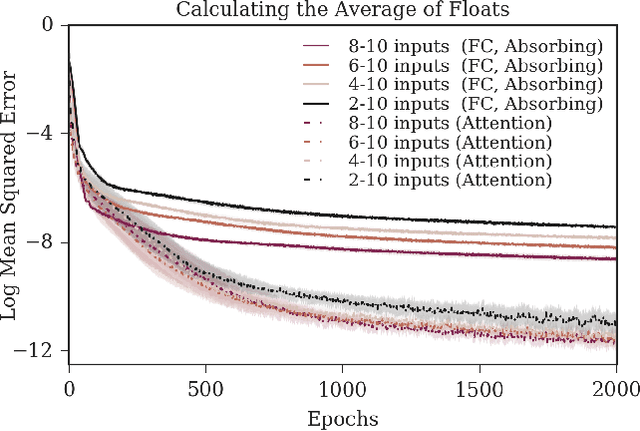
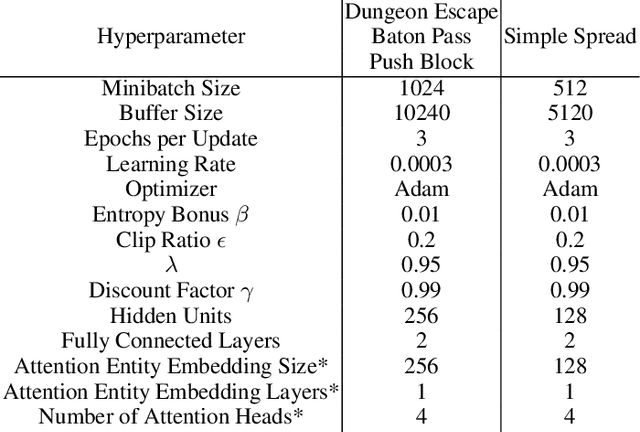

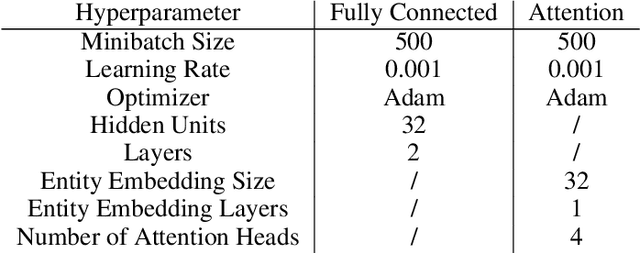
Abstract:The creation and destruction of agents in cooperative multi-agent reinforcement learning (MARL) is a critically under-explored area of research. Current MARL algorithms often assume that the number of agents within a group remains fixed throughout an experiment. However, in many practical problems, an agent may terminate before their teammates. This early termination issue presents a challenge: the terminated agent must learn from the group's success or failure which occurs beyond its own existence. We refer to propagating value from rewards earned by remaining teammates to terminated agents as the Posthumous Credit Assignment problem. Current MARL methods handle this problem by placing these agents in an absorbing state until the entire group of agents reaches a termination condition. Although absorbing states enable existing algorithms and APIs to handle terminated agents without modification, practical training efficiency and resource use problems exist. In this work, we first demonstrate that sample complexity increases with the quantity of absorbing states in a toy supervised learning task for a fully connected network, while attention is more robust to variable size input. Then, we present a novel architecture for an existing state-of-the-art MARL algorithm which uses attention instead of a fully connected layer with absorbing states. Finally, we demonstrate that this novel architecture significantly outperforms the standard architecture on tasks in which agents are created or destroyed within episodes as well as standard multi-agent coordination tasks.
AAAI-2019 Workshop on Games and Simulations for Artificial Intelligence
Mar 06, 2019Abstract:This volume represents the accepted submissions from the AAAI-2019 Workshop on Games and Simulations for Artificial Intelligence held on January 29, 2019 in Honolulu, Hawaii, USA. https://www.gamesim.ai
Nonparametric Curve Alignment
Feb 02, 2019



Abstract:Congealing is a flexible nonparametric data-driven framework for the joint alignment of data. It has been successfully applied to the joint alignment of binary images of digits, binary images of object silhouettes, grayscale MRI images, color images of cars and faces, and 3D brain volumes. This research enhances congealing to practically and effectively apply it to curve data. We develop a parameterized set of nonlinear transformations that allow us to apply congealing to this type of data. We present positive results on aligning synthetic and real curve data sets and conclude with a discussion on extending this work to simultaneous alignment and clustering.
Unity: A General Platform for Intelligent Agents
Sep 07, 2018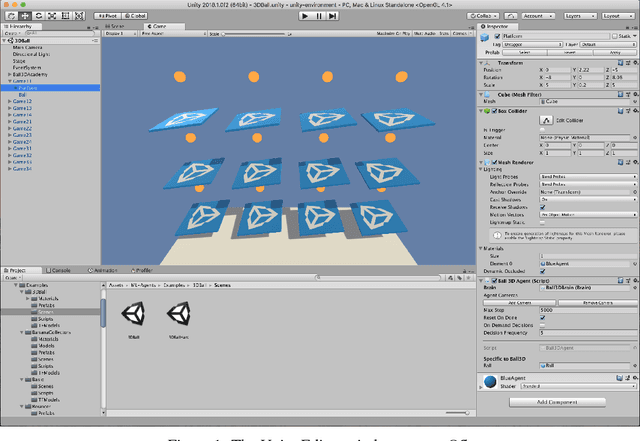

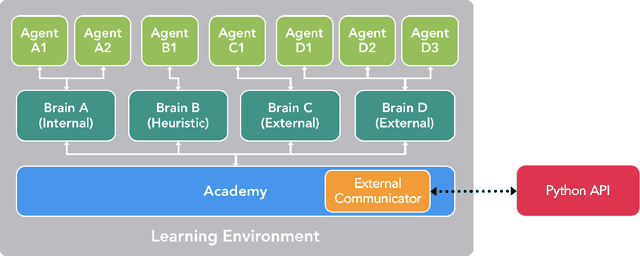
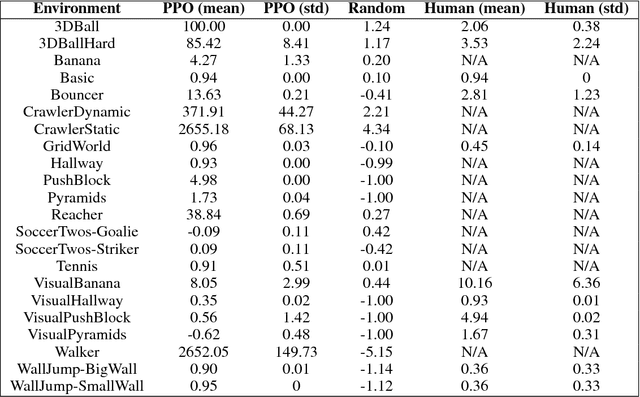
Abstract:Recent advances in Deep Reinforcement Learning and Robotics have been driven by the presence of increasingly realistic and complex simulation environments. Many of the existing platforms, however, provide either unrealistic visuals, inaccurate physics, low task complexity, or a limited capacity for interaction among artificial agents. Furthermore, many platforms lack the ability to flexibly configure the simulation, hence turning the simulation environment into a black-box from the perspective of the learning system. Here we describe a new open source toolkit for creating and interacting with simulation environments using the Unity platform: Unity ML-Agents Toolkit. By taking advantage of Unity as a simulation platform, the toolkit enables the development of learning environments which are rich in sensory and physical complexity, provide compelling cognitive challenges, and support dynamic multi-agent interaction. We detail the platform design, communication protocol, set of example environments, and variety of training scenarios made possible via the toolkit.
 Add to Chrome
Add to Chrome Add to Firefox
Add to Firefox Add to Edge
Add to Edge